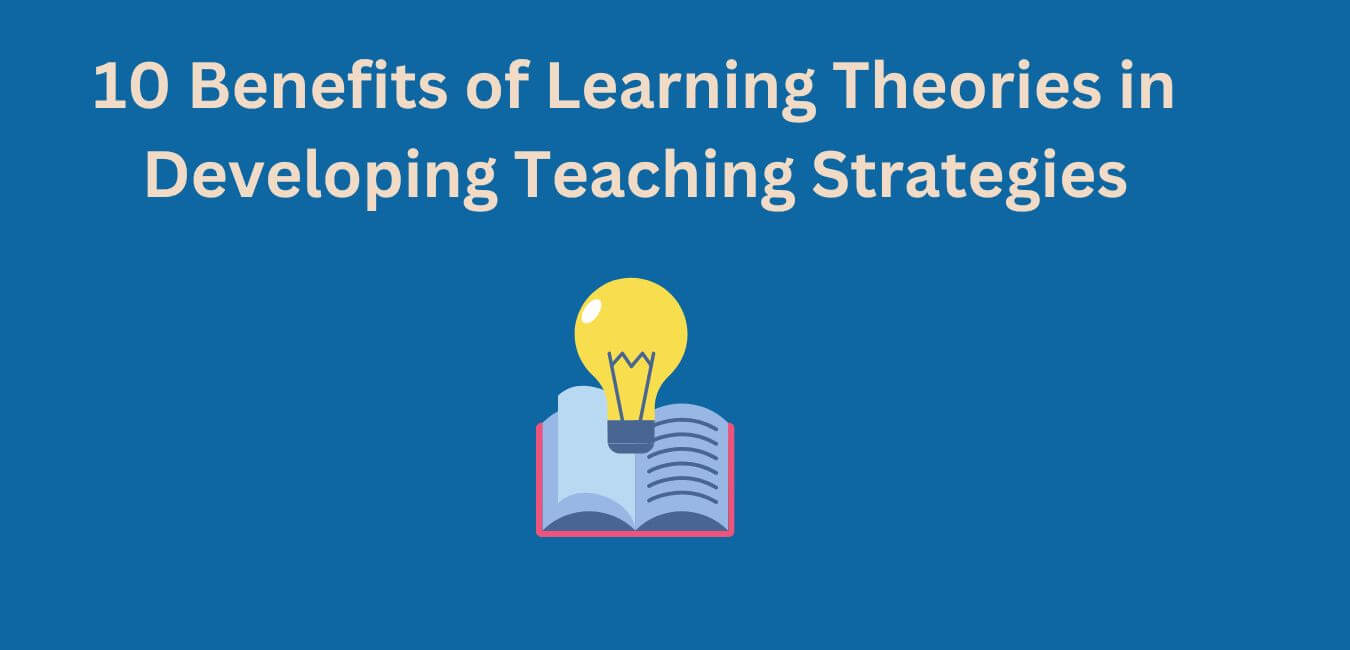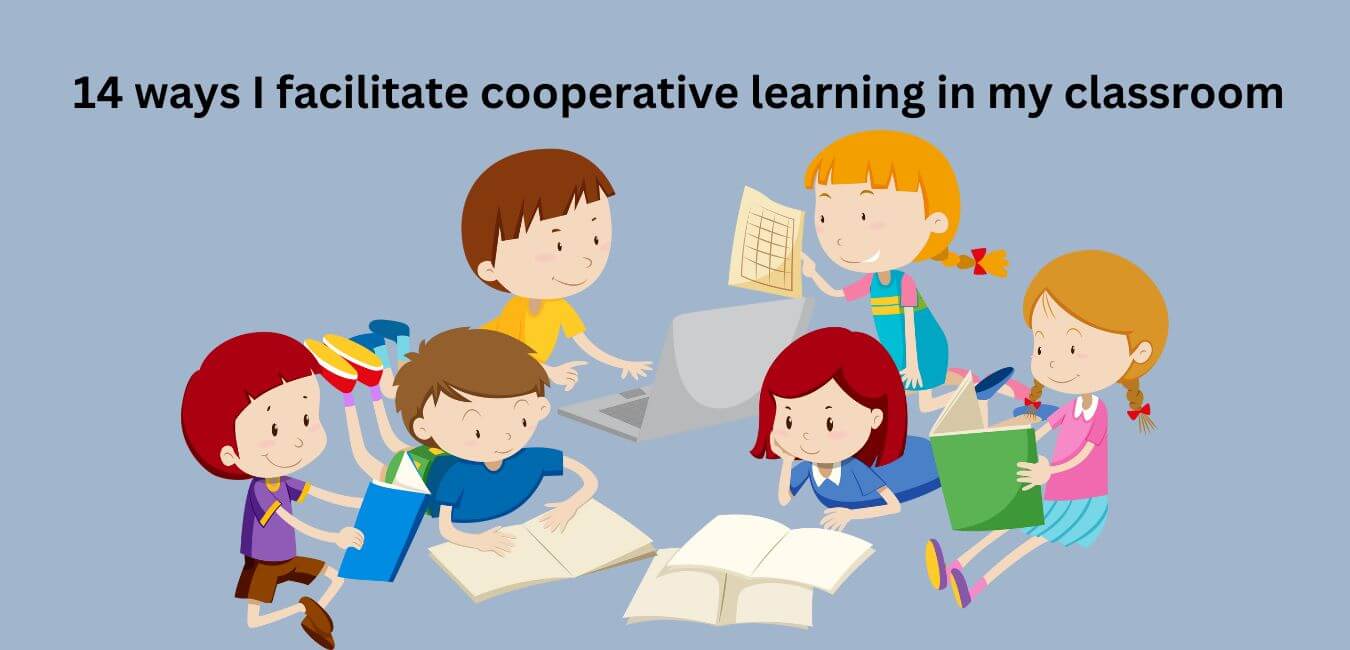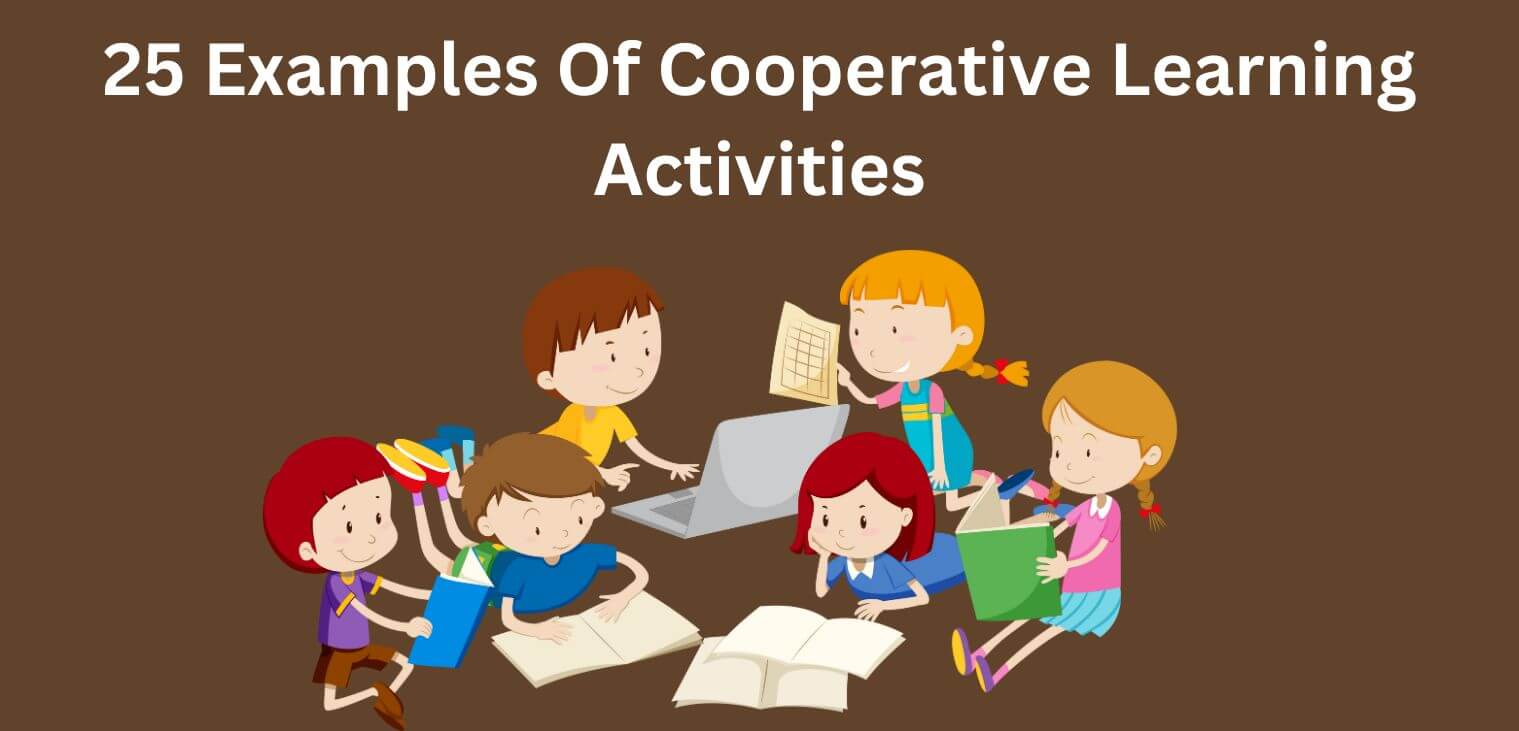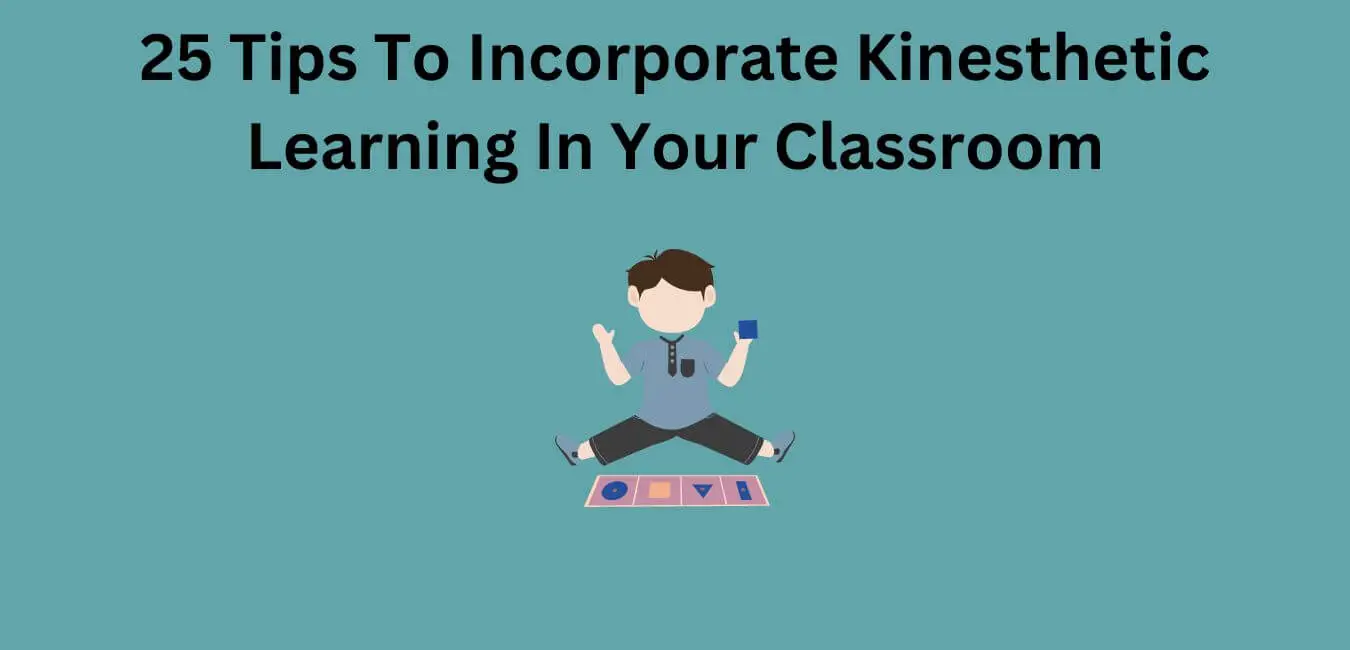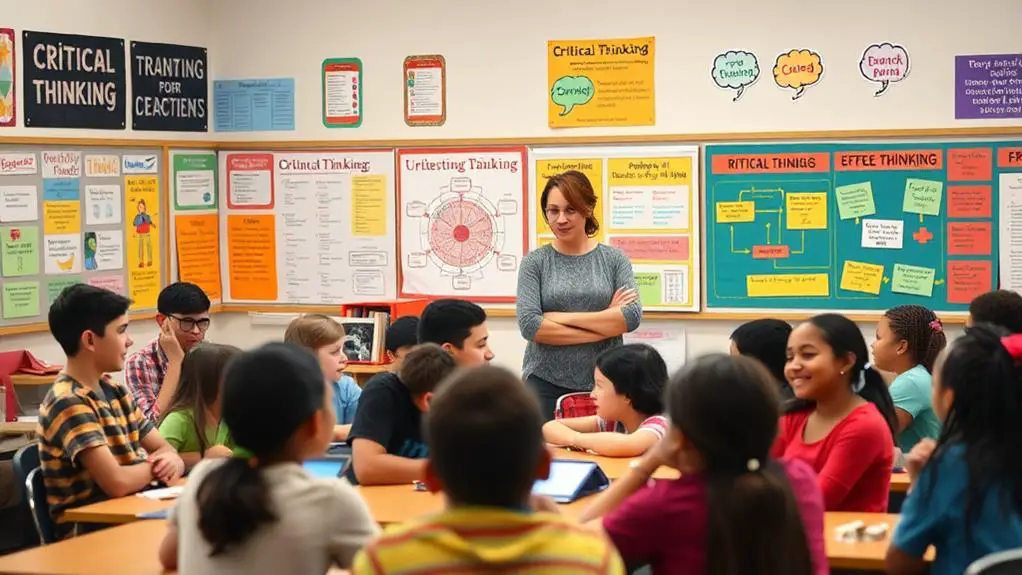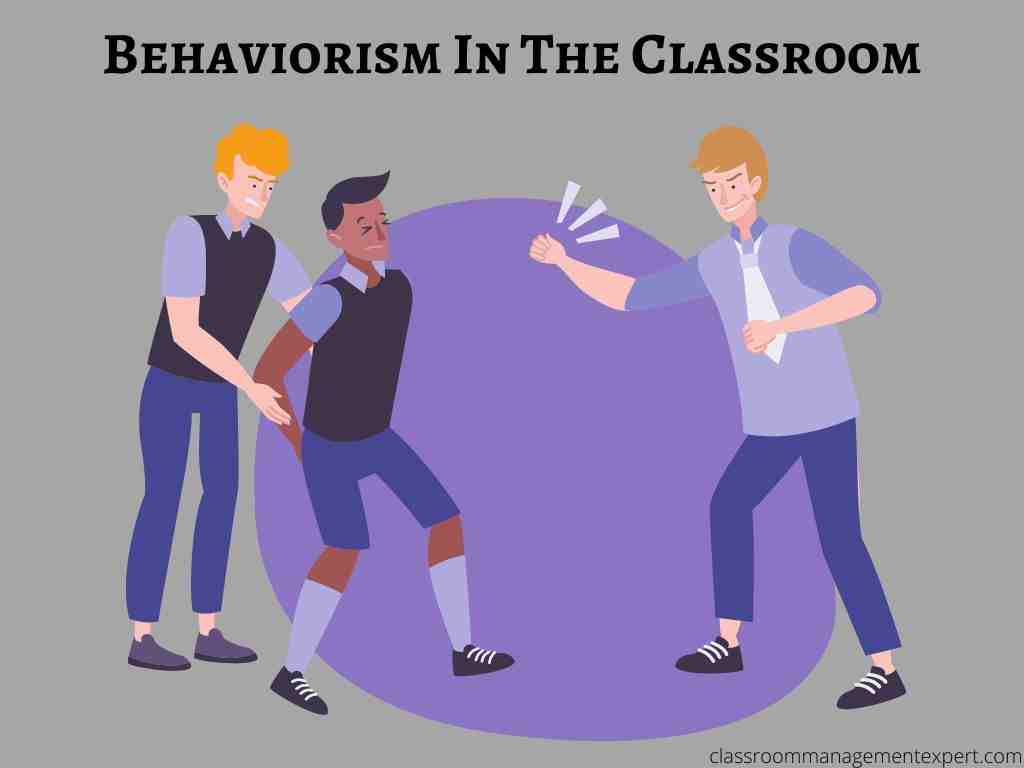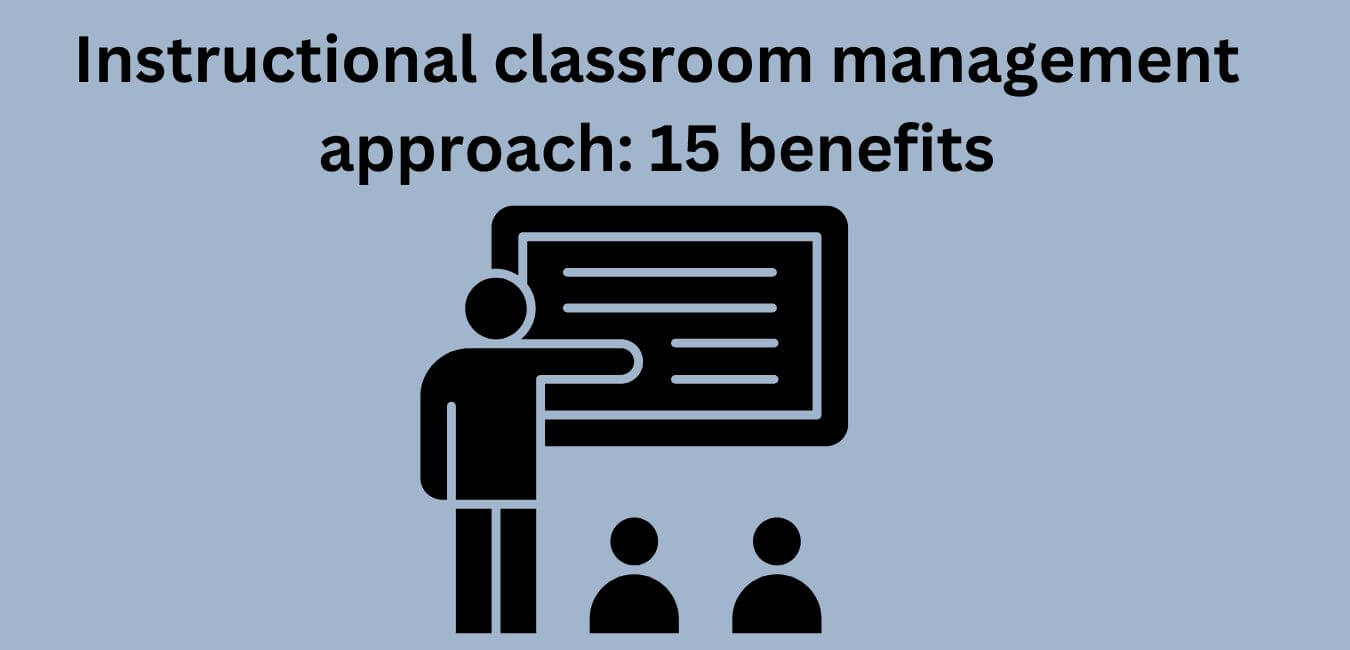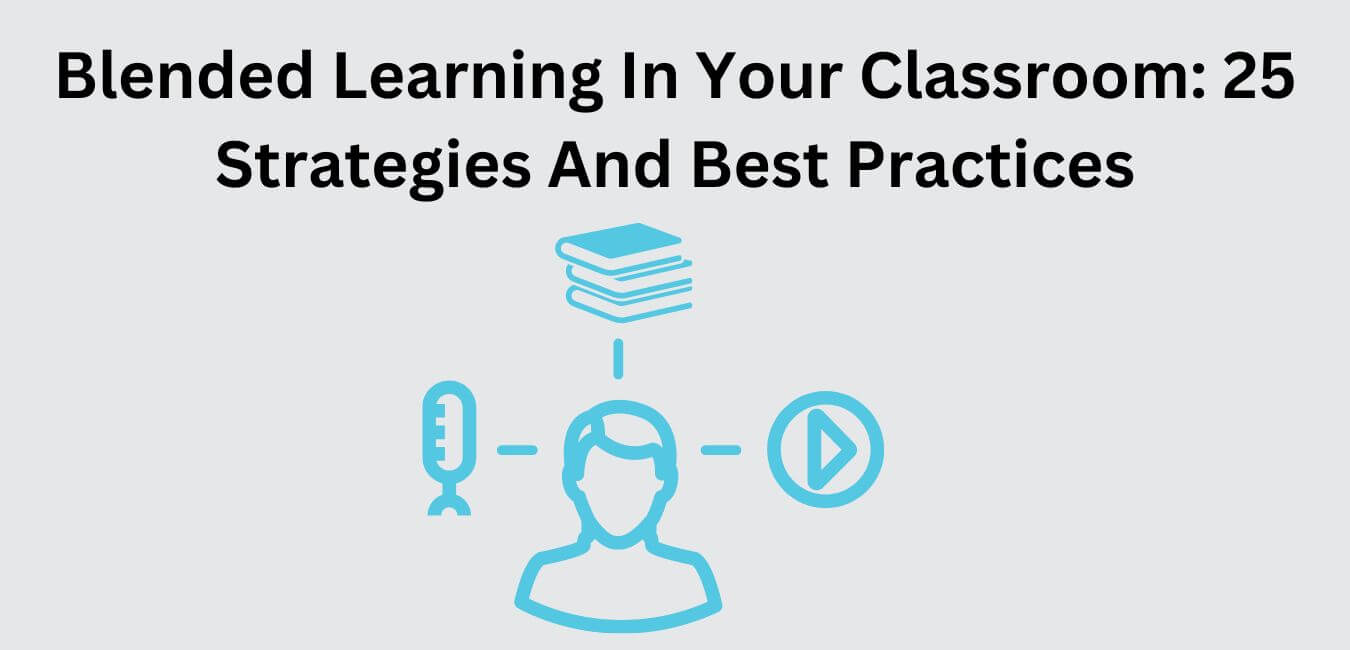Connectivism is a learning theory that emphasizes the role of connections in the process of learning. It is based on the idea that knowledge is created and maintained through networks of people, ideas, and resources.
Connectivism has been used to explain how people learn in online environments, as well as how organizations can use technology to support knowledge sharing and collaboration.
In this post, I explore the learning theory of connectivism and how to use it in the classroom.
What is Connectivism Learning Theory?
Connectivism Learning Theory is a theory of learning that emphasizes the role of connections in the learning process. The theory was first proposed by George Siemens and Stephen Downes, and has since been further developed by others.
The key idea of connectivism is that learning takes place through the formation and use of connections. Learners connect with each other and with resources to create new knowledge and understanding. Connectivism provides a framework for understanding how learning takes place in networks of people and information.
One of the key features of connectivism is that learners are actively involved in the learning process. They share information and ideas and connect with others to create new knowledge. Connectivism emphasizes the importance of learner-centered learning and provides a way to think about the role of technology in supporting learner-centered approaches.
Contributors to the theory of connectivism
There are many different contributors to the theory of connectivism, but some of the most notable include George Siemens, Stephen Downes, and Alec Couros.
All three of these individuals have written extensively on the topic and have developed the theory in different ways.
While there is no one “right” way to interpret or apply connectivism, the contributions of these three thinkers have been invaluable in helping to develop the theory and its applications.
Eight Principles or Assumptions of Connectivism Learning Theory
The eight principles or assumptions of connectivism learning theory are:
1) learning and knowledge rest on diversity of opinions;
2) learning is a process of connecting specialized nodes or information sources;
3) the pace of change is accelerating;
4) effective learning requires active, not passive, involvement;
5) local and global communities are essential to learning;
6) learners create their own personal learning networks;
7) knowledge is a fluid commodity,
8) the capacity to know more is more critical than what is currently known.
These principles assume that learners are connected to one another and to a variety of sources of information in order to access the best possible resources for learning. The theory also suggests that learners must be actively engaged in order to learn effectively.
11 Reasons why you should use connectivism in the classroom
1. Connectivism can help students learn more effectively by creating a network of connections between people, ideas, and resources.
2. Connectivism can promote collaboration and knowledge sharing among students.
3. Connectivism can encourage students to be active participants in their learning process.
4. Connectivism can help students develop critical thinking and problem-solving skills.
5. Connectivism can help students learn how to find, evaluate, and use information effectively.
6. Connectivism can encourage students to be creative and innovative in their thinking.
7. Connectivism can help students understand the interconnectedness of ideas and concepts.
8. Connectivism can help students learn how to manage and navigate information overload.
9. Connectivism can help students learn from each other and build on each other’s ideas.
10. Connectivism can promote lifelong learning and provide opportunities for continued growth and development.
11. Connectivism can help create a more engaging, exciting, and motivating learning environment for both teachers and students alike.
18 strategies to help you apply connectivism in the classroom
There are a number of different strategies that you can use in order to help you apply connectivism in the classroom. Some of these include:
1. Encouraging students to connect with each other and create their own learning networks.
Connectivism learning theory helps students build collaborative relationships by promoting an environment of shared understanding and engagement.
For you, this means embracing connectivism as an approach to teaching and learning. By encouraging your students to connect with each other, they are more likely to be self-motivated and engaged in their own learning.
If you want your students to thrive in a digital age where information is constantly accessible, you must encourage them to connect with each other and create their own networks of understanding.
2. Helping your students to identify and make use of online resources that can support their learning.
As an educator, you are always looking for ways to help your students excel in their educations. One way you can do this is by providing them with access to online resources that can support their learning.
Connectivism theory is a learning theory that emphasizes the importance of connecting learners with resources and knowledge. This theory helps students to identify and make use of online resources that can support their learning. By using connectivism theory, you can help your students to be more effective and efficient learners.
3. Encouraging your students to share their knowledge and expertise with others.
Sharing knowledge and expertise is an important part of implementing connectivism learning theory in your classroom.
When students share their knowledge and expertise with others, they are more likely to learn and remember the information. This is because they are interacting with the information in a meaningful way.
Additionally, it helps to build relationships within the classroom community. These relationships can help students learn more about the material and each other.
4. Facilitating opportunities for your students to collaborate on projects and assignments.
Collaboration is one of the key components of connectivism learning theory. When students are able to work together on projects and assignments, they are better able to learn and understand new information.
By providing opportunities for students to collaborate, you are helping to implement connectivism learning theory in your classroom.
This theory advocates for a more collaborative approach to learning, which can lead to increased student engagement and success.
5. Encouraging your students to reflect on their learning experiences and connect them to larger concepts.
When it comes to teaching, one of the most important things we can do is encourage our students to reflect on their learning experiences and connect them to larger concepts.
Connectivism learning theory is a great way to implement this idea in your classroom. By encouraging students to think about their learning in these ways, they will be able to better understand and apply what they have learned.
6. Helping students to develop critical thinking skills by challenging them to consider different perspectives on issues.
In order to help students develop critical thinking skills, it is important to challenge them to consider different perspectives on issues.
This can be done through connectivism learning theory, which emphasizes the importance of engaging with multiple perspectives in order to better understand a topic.
By implementing connectivist strategies into your classroom, you can help your students develop strong problem-solving and critical thinking skills.
7. Providing opportunities for students to experiment with new ideas and technologies.
The implementation of connectivism learning theory in the classroom can be beneficial to students by providing them with opportunities to experiment with new ideas and technologies.
By exposing them to different ways of learning, students can discover new methods that work best for them. This allows for more efficient and effective problem-solving, which in turn can help them develop a stronger understanding of the material they are studying.
Additionally, connecting with classmates and others through online platforms can provide a sense of community and support that can be invaluable as students navigate their academic journey.
8. Encouraging your students to pursue their own interests and curiosities.
As a teacher, it is important to encourage your students to pursue their own interests and curiosities.
Connectivism learning theory supports the idea that students learn best when they are actively engaged in their learning. This means encouraging your students to take risks, and to be open-minded about what they learn.
In addition, connecting your classroom activities with real-world contexts will help your students develop critical thinking skills. By engaging your students in meaningful learning pursuits, you will help them develop a lifelong love of learning!
Encouraging students to pursue their own interests and curiosities not only helps you implement connectivism learning theory in your classroom but also helps foster a sense of community.
When students are encouraged to think for themselves and explore new interests, they develop a stronger sense of self-awareness and are better equipped to engage with the world around them.
By fostering a culture of curiosity in your classroom, you are helping your students develop critical thinking skills and figure out how best to use their unique talents. This is one of the key issues in connectivism learning theory.
9. Supporting your students as they grapple with difficult concepts and ideas.
When it comes to learning, some concepts and ideas can be difficult for students to understand on their own. Connectivism learning theory provides a framework for helping students process and understands complex information. Implementing connectivism in your classroom can help your students take advantage of opportunities to learn from each other and from the materials they are working with.
One important aspect of connectivism is the idea that learners are constantly evolving, growing, and changing as they interact with the world around them.
This means that you need to give your students a variety of opportunities to explore and experiment with concepts and ideas.
This will help them develop their own understanding of the material, rather than simply regurgitating what they have been taught.
By using connectivism in your classroom, you can help your students develop critical thinking skills as they work through challenging material. They will also be better equipped to transfer knowledge from one context to another, which is essential for lifelong learning.
10. Helping your students to see the value in connectedness and collaboration.
Too often, schools view competition and individualism as the only ways to succeed. Connectivism learning theory, on the other hand, promotes collaboration and interconnectedness as the most effective ways to learn.
When students understand that they are part of a larger community, they are more likely to be motivated to learn.
By encouraging students to think about their educational experiences in terms of connectedness and collaboration, you can help them see the value in these concepts. This will help them better understand how learning works and improve their own educational experience.
11. Creating a learning network in the classroom.
Connectivism is a learning theory that emphasizes the importance of collaboration and networking among students. Learning networks can help students connect with each other and learn more effectively. In a classroom setting, creating a learning network can help you implement connectivism learning theory.
For example, if you are teaching a class on social media marketing, connecting your students with each other can help them develop skills such as teamwork, communication, and problem-solving.
By working together, your students will be able to create their own social media campaigns and learn more about the topic than they would if they were working independently.
Creating a learning network in the classroom can be an effective way to help your students learn more effectively. If you are interested in using connectivism in your classroom, consider creating a learning network and see how it can benefit your students.
12. Modeling lifelong learning.
Lifelong learning is important for individuals and organizations to stay competitive in today’s economy. Modeling lifelong learning can help you implement connectivism learning theory in your classroom.
By understanding how learners learn, you can create a more engaging and effective learning environment for your students. Connectivism Learning Theory is a theoretical approach that focuses on the ways that people learn and use information.
It believes that knowledge is not static, but instead grows and changes as people use it. This theory can help you understand how learners learn, which can help you develop better teaching methods.
By modeling lifelong learning, you can create a classroom environment where students are encouraged to explore new ideas and challenge themselves.
13. Connect with experts.
In order to be successful with connectivism learning theory, you must be able to connect with experts in the area. Connectivism learning theory is a relatively new concept, so it is important for you to have access to resources that can help them implement the theory in their classrooms.
In order to support collaborative learning, you must connect with experts and other professionals who can provide guidance on how to implement connectivist methods in your classrooms.
By networking with experts and other professionals, you can gain a greater understanding of how connectivism works and find resources that will help them implement the theory in your classrooms successfully.
14. Supporting learner autonomy.
Connectivism learning theory is all about giving students the opportunity to learn in their own unique way.
Supporting learner autonomy can help facilitate this by allowing them to explore and experiment with new concepts on their own, without feeling scared or judged.
This allows them to develop a deeper understanding of the material, and ultimately leads to more effective learning.
15. Encourage openness.
One of the most important aspects of connectivism learning theory is its emphasis on the importance of openness and collaboration.
Connectivism is all about building relationships between individuals, and encouraging open discussions allows for a more fluid exchange of ideas.
By implementing these principles in your classroom, you can help foster a community of learners who are able to work together to achieve success.
16. Teaching your students about network literacy.
Teach your students how to network with other people to learn and share information. This type of learning is based on the idea that knowledge is not static, but instead is constantly evolving and growing through interactions with other people.
By helping your students develop network literacy, you can help them learn how to find and use information resources in the best way possible. This is key in implementing connectivism learning theory in your classroom.
17. Model connected learning in your own practice.
When implementing connectivism learning theory in the classroom, it is important to keep in mind the interconnected nature of all things.
This means that students must be able to connect concepts and learn from one another as they work together.
Modeling connected learning in your own practice can help you to effectively implement this approach in your classroom.
By working collaboratively, students will be able to build on each other’s understanding and become more engaged in their learning.
18. Connect classroom learning to real-world examples.
The philosophy of connectivism is based on the idea that learning occurs when students are able to connect concepts and ideas from different areas of knowledge.
Connectivist educators believe that the best way to foster this type of learning is by connecting classroom learning to real-world examples.
By embedding real-world examples throughout the curriculum, your students are more likely to connect the concepts they are learning in class with what they experience outside of class.
This connection can help them better understand and remember the information they have learned. Additionally, it can help them develop problem-solving skills and critical thinking abilities.
By using connectivism in your classroom, you can help your students learn in a way that is both effective and engaging.
Seven Limitations of Connectivism in the Classroom
There are seven limitations of connectivism in the classroom:
1. It is difficult to learn all the required skills.
2. Connectivism relies heavily on technology, which can be a barrier for some learners.
3. The theory does not account for individual differences in learning styles and preferences.
4. It can be difficult to find and connect with experts in specific subject areas.
5. The theory does not address the issue of assessment and evaluation.
6. There is a lack of research on connectivism and its effectiveness in the classroom.
7. The theory is still evolving and there is no consensus on its key concepts or pedagogical practices.
Conclusion
The connectivism learning theory is a relatively new theory that suggests that learning is more effective when it is a collaborative and social process. This theory has gained popularity in recent years, as more and more research has shown that humans are social animals and that we learn best when we work together. The connectivism learning theory emphasizes the importance of connections and networks, and how they can help us to learn more effectively.


